Car Paint Types Explained
On By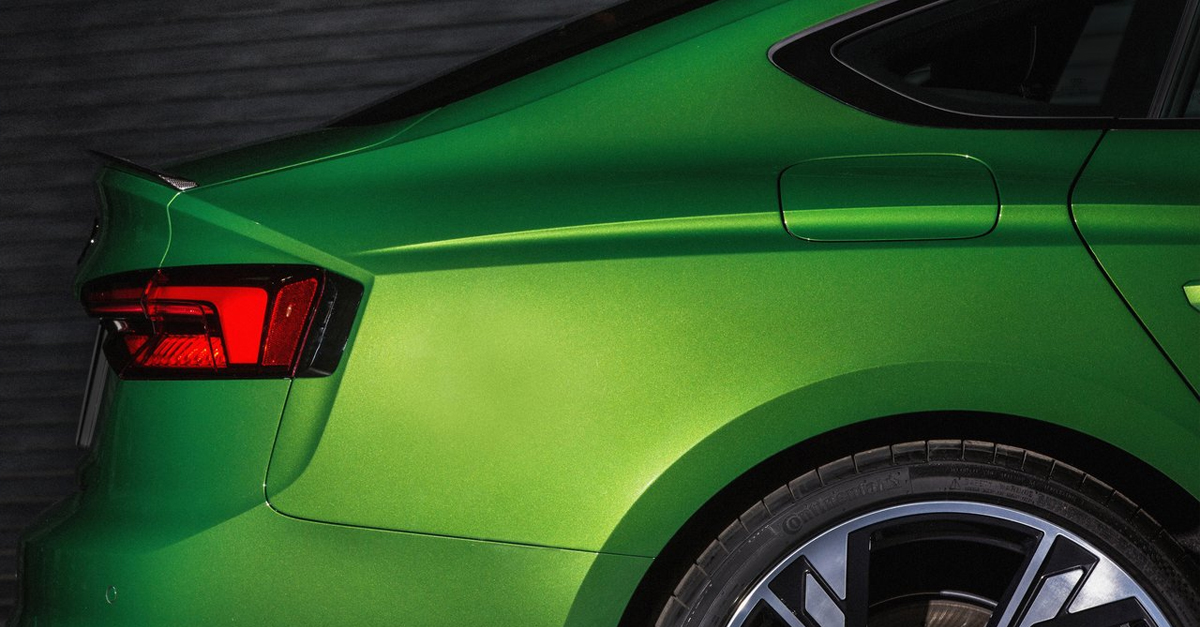
Car manufacturers offer many different paint types, all with a variety of names. But what actually is the difference between Solid, Special Solid, Metallic, Pearlescent and Matte?
We'll break it down for you in this article.
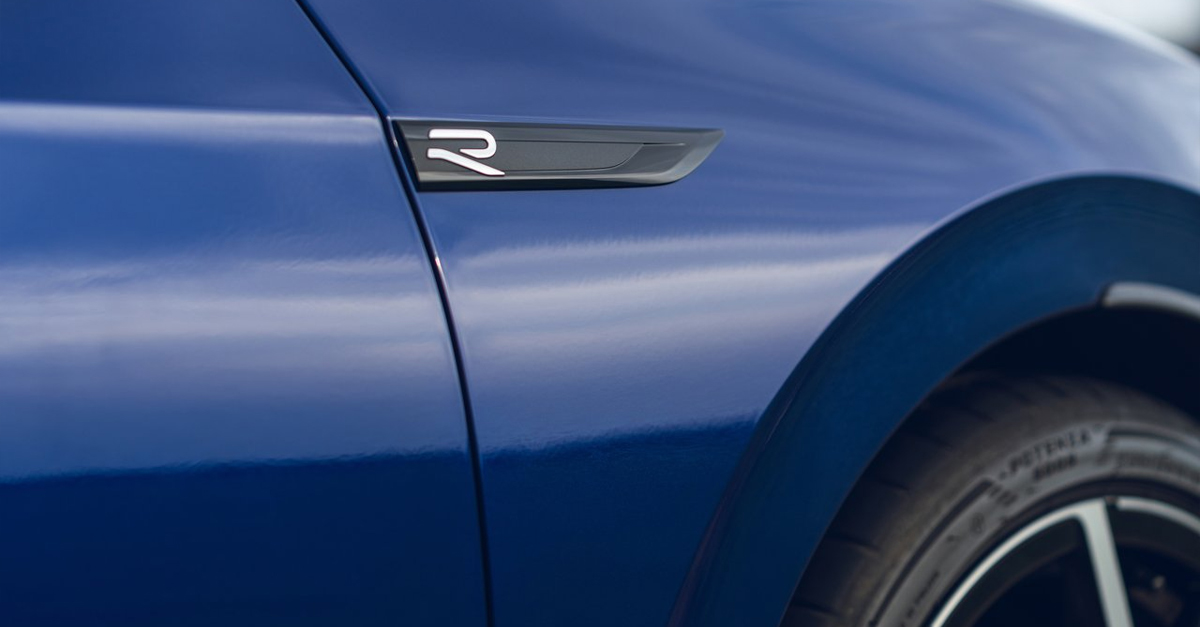
Solid Paint
Solid paint is the entry-level paint option available on most models – except expensive cars, which offer Metallic paint free of charge.
Manufacturers don’t charge extra for solid paint, often offering basic colours such as black, white, red or blue. It’s a popular choice for vans because it incurs no extra cost, which is why many vans are sold in white.
Contrary to this general rule of thumb, one manufacturer that does charge for solid paint is Tesla. If you want a black Model 3, for example, be prepared to set aside an additional £1,000.
The paint is formed by topping a single layer of colour with a clear-coat layer, designed to protect the car against small damage such as light scratches and paint chips.
Repairs to a car with solid paint are relatively quick and easy, given the simple application of the paint. However, in some cases the paint may develop an ‘Orange Peel’ effect, which means there may be sections where the paint is uneven, with a ‘blotchy’ look.
Price: Free of Charge. (Unless you're buying a Tesla)
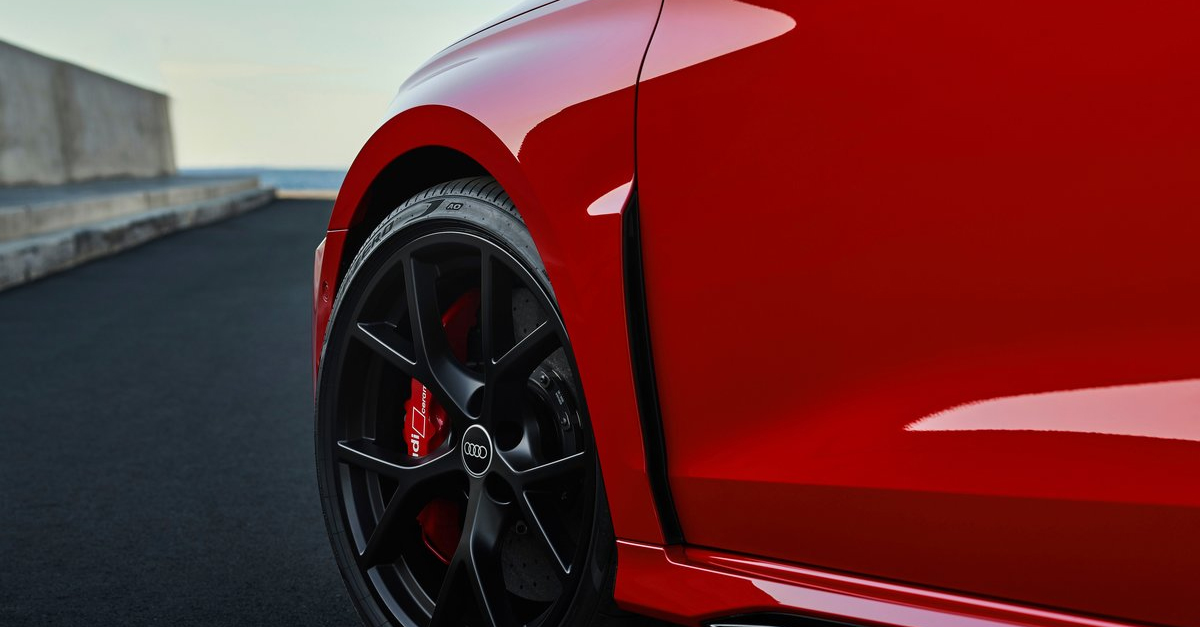
Special Solid Paint
Special solid paint is special only in name. It gives the same appearance as solid paint, but manufacturers often charge extra for it.
Colours labelled as 'Special Solid Paint' tend to be the more popular options, such as white or black.
Price: Upwards of £250.
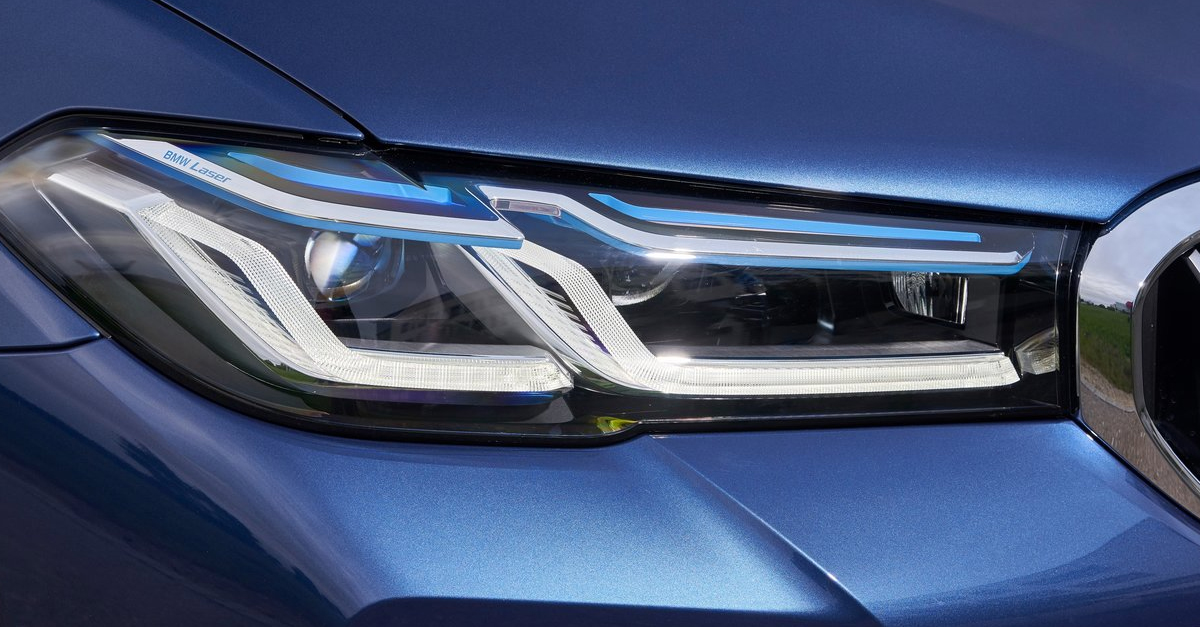
Metallic Paint
Metallic paint is usually a cost-option on all but high-end cars. There are a variety of colours available on most models in a metallic finish, ranging from deep purples and oranges to greens and blues.
The steps for creating metallic paint are similar to the production of solid paint, but during the process powdered metal is added to the mixture. This gives the final effect a distinct shine, generated by the reflection of light by the metal particles. It offers a deeper colour which is often better at hiding minor blemishes.
Repairs to metallic paint aren’t quite as simple as those to solid paint. The body shop will need to try and match the existing colour, which will vary depending on the make-up of the paint.
When it comes to leasing, cars with metallic paint can attract better residual values (resulting in lower rentals) than other paint types due to the popularity of the colours available in the metallic range.
Price: Upwards of £250.
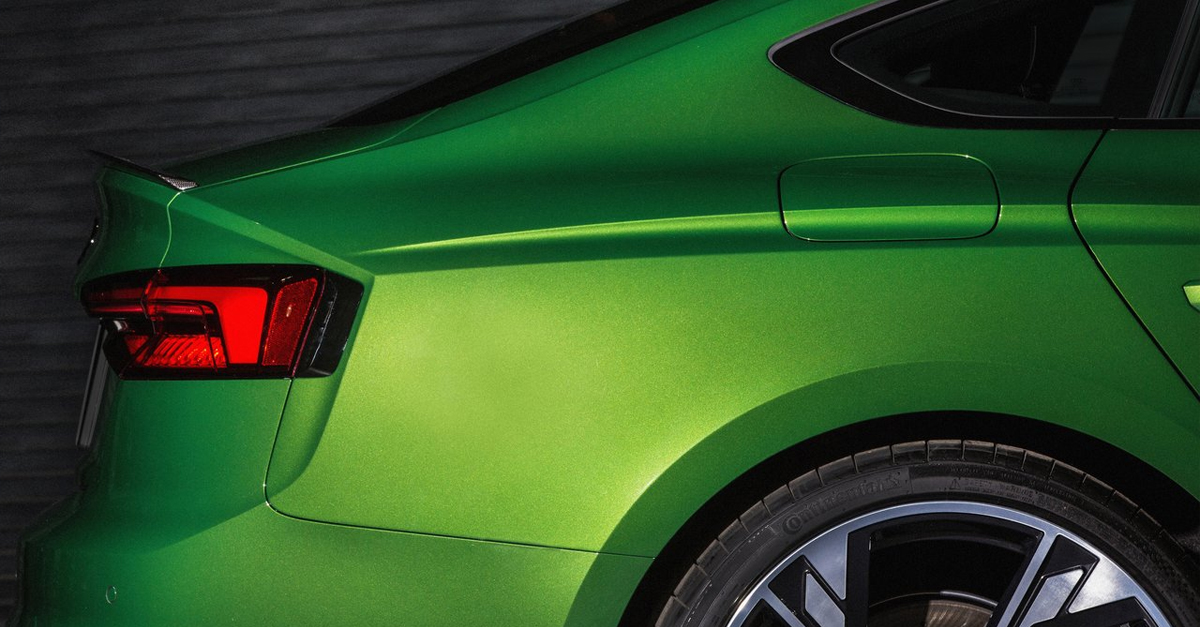
Pearlescent Paint
Pearlescent paint (also known as Mica Paint) is a cost option for most vehicles. There are usually only a few colours available per model, with metallic paint taking the majority of options.
Making pearlescent paint uses the same process for metallic paint, but replaces the metal particles with ceramic crystals. The result is a colour that changes depending on how you look at the car, due to the crystals refracting the light – essentially splitting the light into different colours.
Pearlescent paint shares the same repairs issues as metallic paint, due to the deeper and more variable colour than some other paint types.
Price: Upwards of £500.
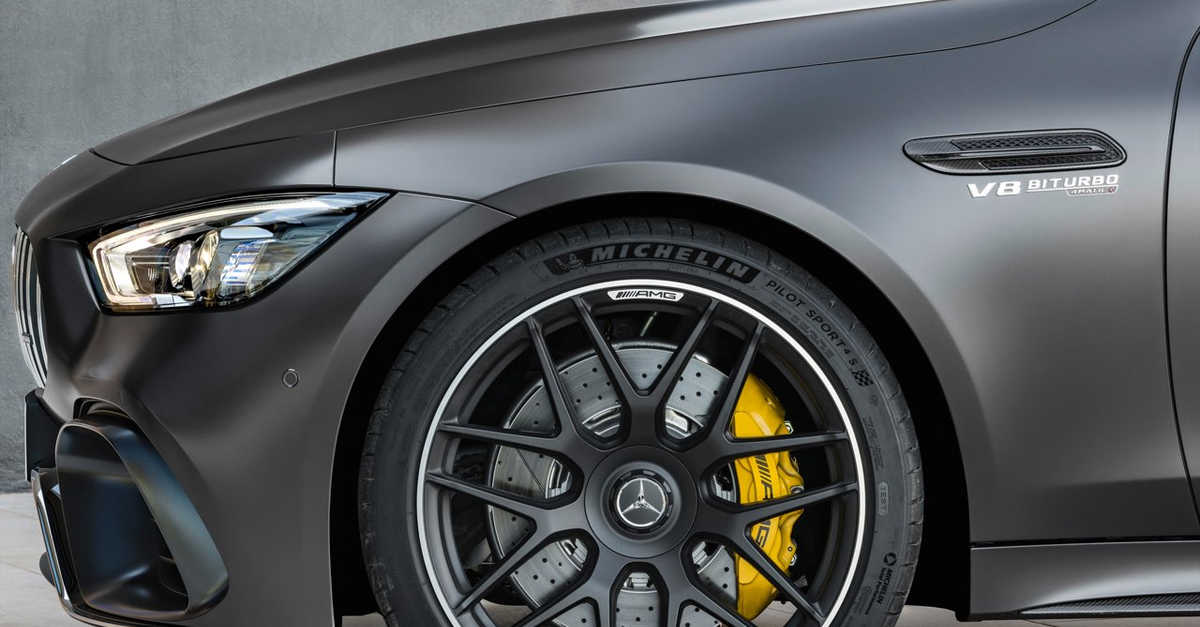
Matte Paint
Matte Paint is a rare paint option, with the most common colours being black and grey. Mercedes-Benz offer a range of Designo paint, which is their own-brand matte paint.
The paint is formed by adding a flattening agent to a clear-coat solution and applying it over a solid paint. This leaves a flat, non-shiny finish which looks appealing on premium cars.
Caring for matte paint is quite the job – some abrasive polishes can wear down the clear-coat layer, leaving glossy areas which ruin the overall look, so owners need to be careful what they apply to their car.
It’s also very difficult to repair, because imperfections can’t be buffed out like other paint types.
Price: Upwards of £1,000.
We hope that clarifies the difference between each paint type. If you'd like to know how different paint types would affect the monthly cost of leasing a vehicle, please get in touch with one of our sales team who can talk you through the cost difference and provide quotations to demonstrate.
If you'd like to read a more detailed description of how cars are painted, see our blog here.

